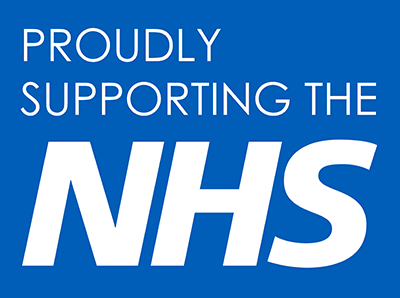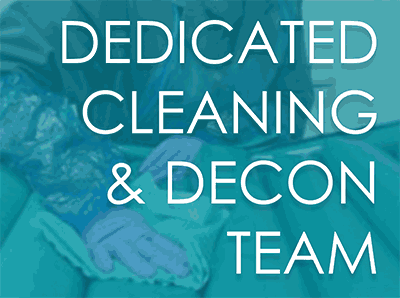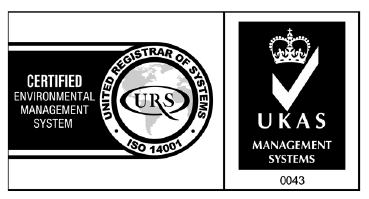When people talk about pressure ulcers they often talk about ‘painful wounds’, but pain is an abstract concept when you’re not the one suffering.
So what does this actually mean for the cared for? How bad can this pain actually be?
For those suffering from pressure ulcers, pain can be periodic (due to repetitive movement or treatment), can be sporadic due to a particular event or can be continuous, with persistent background pain varying in severity¹. Pressure ulcers can also damage the nervous system, causing neuropathic pain².
As pain is very difficult to measure, drawing on the experiences of those that have suffered a pressure ulcer can help us to understand what they’re going through, and the impacts they can have on their quality of life. There are a number of studies out there that have tried to evaluate and assess this ‘pain’ using a range of measurement methods. In brief these studies suggest that:
- Nearly all patients with a pressure ulcer, regardless of the severity, feel pain³.
- The pain experienced can range from irritating up to unbearable².
- The intensity, duration, location and spread of the pain varies from patient to patient².
- Pain can be brought on, or exacerbated, through pressure from clothes or contact with the floor, seating or bed².
- Pain is exacerbated by dressing changes to the wound and this pain can last for many hours after the procedure³.
When asked to describe their pressure ulcers, the words patients most often used were:
- Category II: ‘sore, hurting, tender & frustrating’
- Category III: ‘sharp, tender, aching, throbbing, stabbing, shooting, hot burning, wretched’
- Category IV: ‘throbbing, sharp, gnawing, aching, tender, exhausting, miserable’ ²
Although patients often find it difficult to express how these wounds feel, this puts it into some sort of perspective and also highlights the emotional aspect for patients. It’s not just that pressure ulcers hurt, it’s that they hurt…a lot…and are affecting their mental state. As anyone who has had incessant toothache will know, constant pain wears you down, making normal life difficult! Now I’m not comparing toothache to pressure ulcers, but perhaps you can appreciate how this can affect your social and daily life, your moods and make you anxious. Well, imagine that and then add on the restricted mobility, sleepless nights and lack of appetite that pressure ulcers often involve². Whilst we may never fully appreciate the pain of a pressure ulcer, unless we are unlucky enough to suffer one, it is clear doing everything you can to avoid them is imperative, and that if you are in a position of having to care for someone with a pressure ulcer, sparing a thought for how they’re feeling and trying to understand their pain may help…at least a little.
“Like digging a screwdriver in”
“Like sitting in a bath of scalding water”
“I can’t explain it. It hurts like the devil”
“I can’t do any of the things that I want to do. It hurts to turn over by myself or pull myself up in bed. It’s just not being able to function like I was. I get to a point where I don’t care.”
“When pain was at its peak you just didn’t want to do anything, you didn’t want to eat, you didn’t want to go to sleep, you couldn’t, cause you were constantly in pain.”
“One nurse knew how to take it [dressing] off without making it hurt while others didn’t, so sometimes I neglected to tell nurses that I needed my dressing changed.”
Further help
If you believe that yourself or someone you care for is at risk of developing a pressure ulcer it is important that you equip yourself with the knowledge and tools needed in order to reduce the risk. If you’d like to find out more, we have further information to help:
- Who’s at most risk of developing pressure ulcers?
- What causes a pressure ulcer?
- How can pressure relieving mattresses help?
Bibliography
¹ Janete Quirino, CETN, RN, BSN; Vera Lúcia Conceição de Gouveia Santos, CETN, RN, BSN, MSN, PhD; Tânia Josefina Petry Quednau, CETN, RN, BSN; Ana Paula Ferreira Martins, CETN, RN, BSN; Patrícia Lima, CETN, RN, BSN; Mercês Raimunda Maria Almeida, CETN, RN, BSN, Nursing College of the University of São Paulo, São Paulo, Brazil [Online]. Available at Medscape: http://www.medscape.com/viewarticle/466564 (Accessed 14 June 2016)
² Claudia Gorecki, MSc, S. Jos_e Closs, PhD, RGN, Jane Nixon, PhD, RN, and Michelle Briggs, PhD, RGN, Clinical Trials Research Unit (C.G., J.N.), ‘Patient-Reported Pressure Ulcer Pain: A Mixed-Methods Systematic Review’, School of Healthcare (S.J.C.), and Institute of Health and Social Work (M.B.), University of Leeds, Lees, United Kingdom.
³ Barbara Pieper, Diane Langemo and Janet Cuddigan (2009), ‘Pressure Ulcer Pain: A Systematic Literature Review and National Pressure Ulcer Advisory Panel White Paper ‘ [Online]. Available at http://www.o-wm.com/content/pressure-ulcer-pain-a-systematic-literature-review-and-national-pressure-ulcer-advisory-pane (Accessed 14 June 2016).
About the author – Ray Booth
Ray Booth is Research & Innovation Director at Select Medical. He has been involved in the pressure care equipment industry for over 20 years, and has created a wide range of well-designed alternating pressure mattress systems for use in hospital, hospice and community healthcare sectors.








